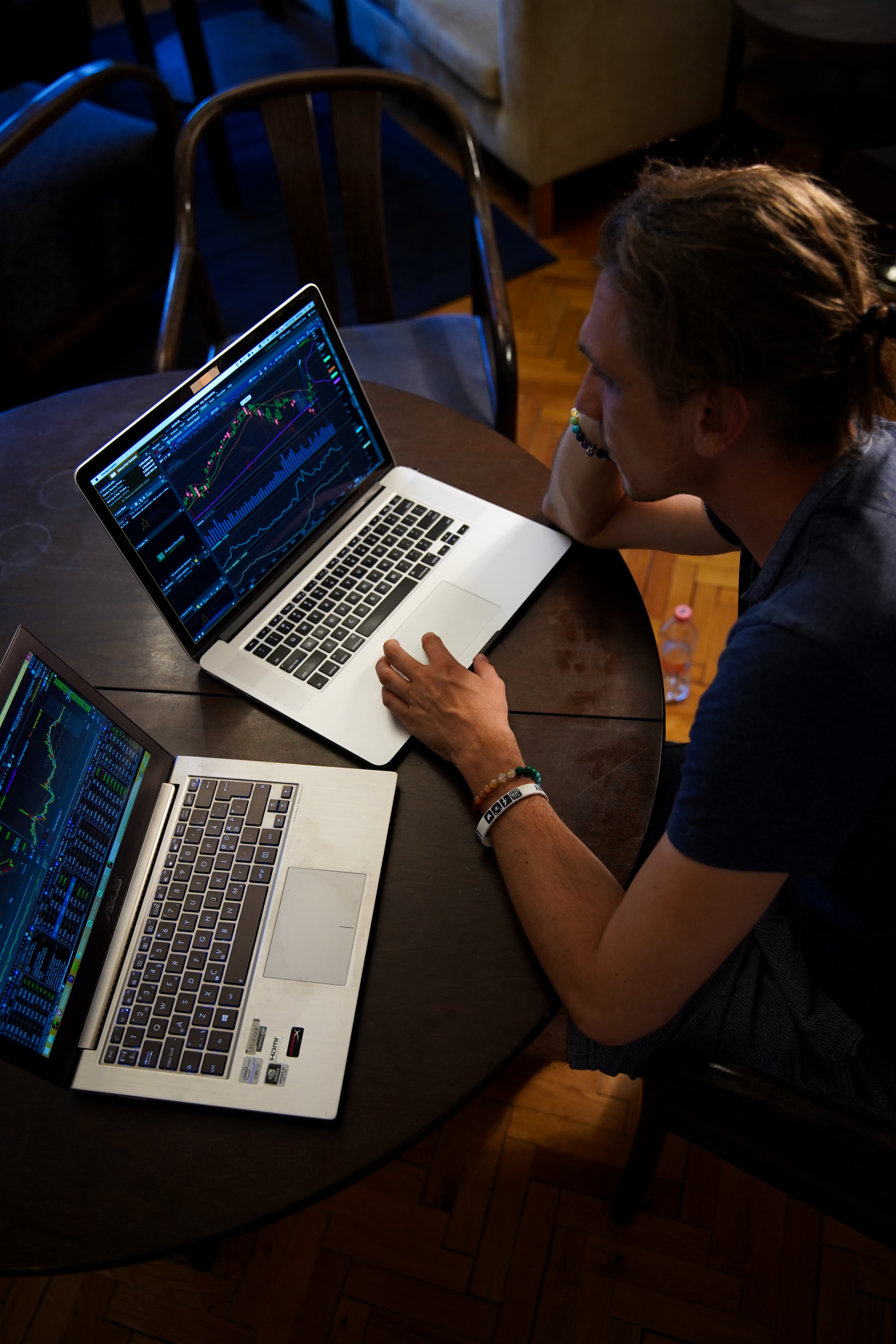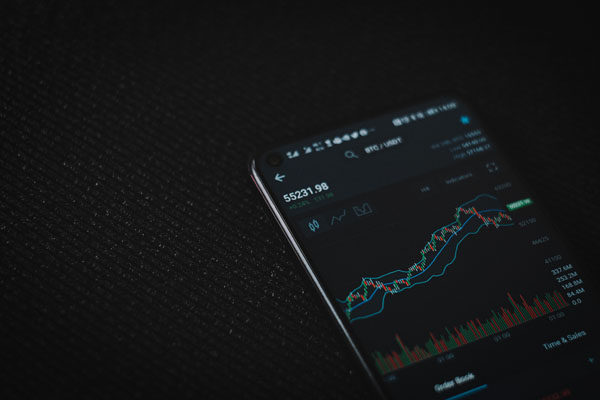Trading Technologies: A Beginner’s Guide to Navigating the World of Trading Technologies
Introduction:
As an avid trader myself, I understand the excitement and challenges that come with navigating the world of trading technologies. Whether you are a beginner looking to dip your toes into the trading world or an experienced trader seeking to enhance your skills, this blog aims to provide you with a comprehensive guide to trading technologies. From understanding the basics to exploring advanced strategies, we will delve into the various tools, platforms, and technologies that can help you make informed trading decisions.
1. Understanding Trading Technologies:
Trading technologies refer to the software, platforms, and tools used by traders to execute trades, analyze market data, and manage their portfolios. These technologies have revolutionized the trading industry, enabling traders to access real-time market information, execute trades swiftly, and implement complex strategies. Some popular trading technologies include:
a) Trading Platforms: These are software applications that provide traders with access to financial markets, allowing them to place orders, view charts, and monitor their positions. Examples include MetaTrader, thinkorswim, and Interactive Brokers.
b) Algorithmic Trading: Also known as automated trading, algorithmic trading involves using pre-programmed instructions to execute trades automatically. This technology relies on complex algorithms to identify trading opportunities and execute orders without human intervention.
c) Charting and Technical Analysis Tools: These tools provide traders with visual representations of market data, allowing them to identify patterns, trends, and potential entry or exit points. Popular charting platforms include TradingView, NinjaTrader, and MetaTrader.
2. Choosing the Right Trading Technology:
Selecting the appropriate trading technology is crucial for your success as a trader. Consider the following factors when choosing a trading platform or technology:
a) User-Friendliness: As a beginner, opt for platforms that offer intuitive interfaces and easy navigation. This will help you quickly adapt to the technology and focus on learning trading concepts rather than struggling with the software.
b) Features and Functionality: Evaluate the features and functionality offered by different trading technologies. Look for tools that align with your trading style and goals. For example, if you are interested in technical analysis, ensure that the platform provides robust charting tools.
c) Reliability and Speed: Trading technologies should be reliable, ensuring minimal downtime and uninterrupted access to the markets. Additionally, fast execution speeds are crucial for taking advantage of short-term trading opportunities.
3. Educating Yourself:
Before diving into the world of trading technologies, it is essential to educate yourself about the fundamentals of trading. Understanding key concepts such as risk management, market analysis, and trading psychology will help you make informed decisions. Consider the following educational resources:
a) Online Courses: Numerous online platforms offer comprehensive courses on trading, covering topics ranging from basic concepts to advanced strategies. Websites like Investopedia and Udemy provide a wide range of courses suitable for beginners.
b) Books and eBooks: There are several books written by experienced traders that provide valuable insights into various trading strategies and techniques. Some recommended titles include “A Beginner’s Guide to the Stock Market” by Matthew R. Kratter and “Technical Analysis of the Financial Markets” by John J. Murphy.
c) Webinars and Podcasts: Participating in webinars and listening to trading podcasts can expose you to real-world experiences and expert insights. Websites like TradingView and DailyFX offer regular webinars, while podcasts like “Chat with Traders” and “The Traders Podcast” provide valuable discussions on trading-related topics.
4. Practicing with Simulated Trading:
Simulated trading, also known as paper trading, allows you to practice trading strategies without risking real money. Most trading platforms offer demo accounts that simulate real market conditions. Utilize these accounts to gain hands-on experience, test different strategies, and understand the functionalities of trading technologies.
5. Continuous Learning and Adaptation:
Trading technologies are constantly evolving, and it is crucial to stay updated with the latest advancements. Follow reputable trading blogs, subscribe to newsletters, and participate in trading communities to stay informed about new tools, strategies, and market trends. Engaging with other traders can provide valuable insights and help you adapt your trading approach to changing market conditions.
Conclusion:
Trading technologies have opened up a world of opportunities for traders of all levels. By understanding the basics, choosing the right tools, educating yourself, and continuously learning, you can navigate this exciting realm with confidence. Remember, trading involves risk, and it is essential to approach it with a disciplined mindset and a well-thought-out trading plan. Embrace the power of trading technologies, and embark on your trading journey with enthusiasm and a thirst for knowledge.



